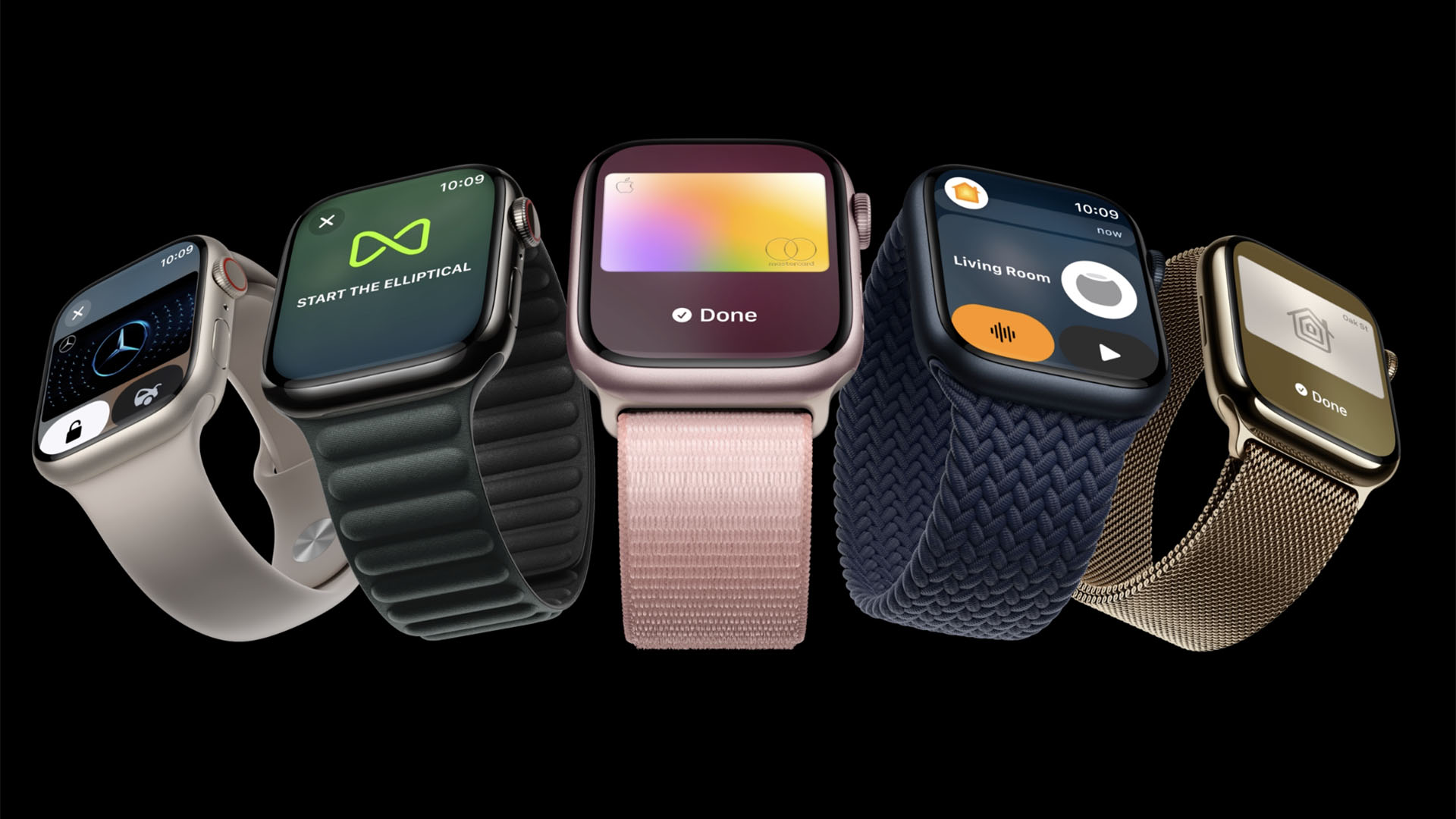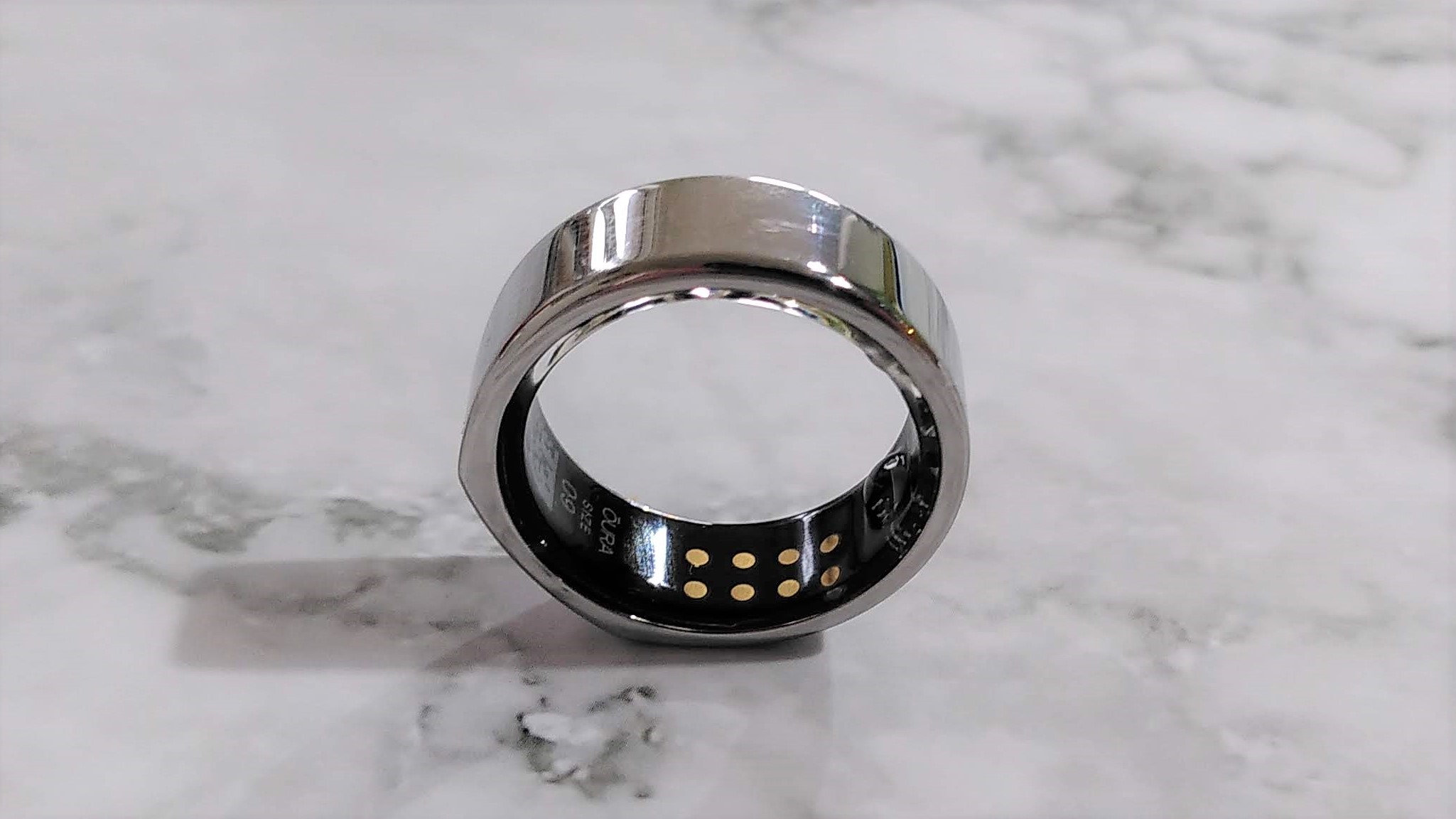The Apple Watch 10 needs a better battery life to stay relevant in 2024
It’s the single biggest change Apple could make

Rumors emerged this week that the Apple Watch 10 would arrive with a more power-efficient OLED display, which offers more control over the screen’s power draw than the Liquid Retina OLED displays used by the best Apple Watches in previous years.
This could place much less demand on the battery than the current screen and might just lead to a longer-lasting battery. For me, that’s the single biggest change Apple could make that would convince me to take the plunge and wear an Apple Watch as my main timepiece.
For context, I’ve worn many watches during my role as Fitness and Wearables Editor, but every time a review unit circulates off my wrist, I have just a few I tend to go back to as my standard picks. If I’m in the middle of an intense training block (at the time of writing, the London marathon is a little over a week away) I’ll wear a Garmin Epix Pro, which can last up to two weeks between charges, or even an Apple Watch Ultra 2 if I’m using an iPhone, which gives me 36 hours – just shy of two days.
If I’m taking things easy – with training largely restricted to yoga, the gym, and the climbing center – I’ll probably revert to my beloved Casio digital watches, such as the one our editor-at-large Lance Ulanoff has been wearing recently. Cheap and cheerful with a timer, alarm, and stopwatch, they also crucially have a seven-year battery life. If I want to track sleep or other metrics, I’ll pair that with one of the best smart rings such as an Oura ring, which likewise lasts a full week between charges.

Notice anything here? It’s all about battery life. While testing the Apple Watch Series 9, I found the 18-hour battery life to be a bugbear compared to the Apple Watch Ultra 2. When testing an Apple Watch that isn’t an Ultra, I’ll often go to bed wearing it, and wake up cursing that my wrist-mounted squircle has transformed from one of the best smartwatches into a useless piece of metal and plastic.
As someone who enjoys running, I use the battery-sucking GPS workout function four to five times a week during a training block, often for long periods, so keeping a spare charger at work has become a necessity during testing.
If something makes you swear more than smile, it isn’t fit for purpose. It’s long past time the Apple Watch had a decent battery upgrade. The OnePlus Watch 2 can reach 100 hours with some clever dual-OS wrangling, and even the Samsung Galaxy Watch 6 range, Apple’s nearest Android rival, is now cresting 40 hours. Although the Apple Watch is still the best-selling smartwatch by a huge margin, having a battery performance still stuck at 18 hours simply isn’t good enough in 2024.

Now the Samsung Galaxy Ring is on the horizon, alternative wearable formats are reaching the mainstream, and the era of peak smartwatch may very well be over. Wearable tech is getting slimmer and less obtrusive, and this trend lets them last longer, becoming less of an inconvenience to users.
Health and wellness wearables are also redoubling their focus on sleep: the Galaxy Ring briefing I attended was almost entirely focused on rest and recovery, and Fitbit’s just redesigned the Sleep page on its excellent app. As it stands, Apple can’t compete in this arena, because so many users have to charge their watches overnight.
To remain at the head of the pack, Apple needs to evolve. Bringing the Ultra’s 36-hour battery life to the flagship Apple Watch 10 would be the single biggest quality-of-life change an Apple Watch user could wish for. Every power-saving initiative Apple has implemented in previous years has been plowed right back into powering the watch’s new tricks, such as the Series 9’s double-tap functionality.
This year, I don’t want anything flashy – I want Apple to focus on giving us more time with its watches.
You might also like:
Get daily insight, inspiration and deals in your inbox
Sign up for breaking news, reviews, opinion, top tech deals, and more.

Matt is TechRadar's expert on all things fitness, wellness and wearable tech.
A former staffer at Men's Health, he holds a Master's Degree in journalism from Cardiff and has written for brands like Runner's World, Women's Health, Men's Fitness, LiveScience and Fit&Well on everything fitness tech, exercise, nutrition and mental wellbeing.
Matt's a keen runner, ex-kickboxer, not averse to the odd yoga flow, and insists everyone should stretch every morning. When he’s not training or writing about health and fitness, he can be found reading doorstop-thick fantasy books with lots of fictional maps in them.